Weekly Tech Recap - № 265 - GeForce RTX 3000, new Intel logo, Nintendo surprises, Snapdragon 8cx Gen 2, Legion Slim 7i
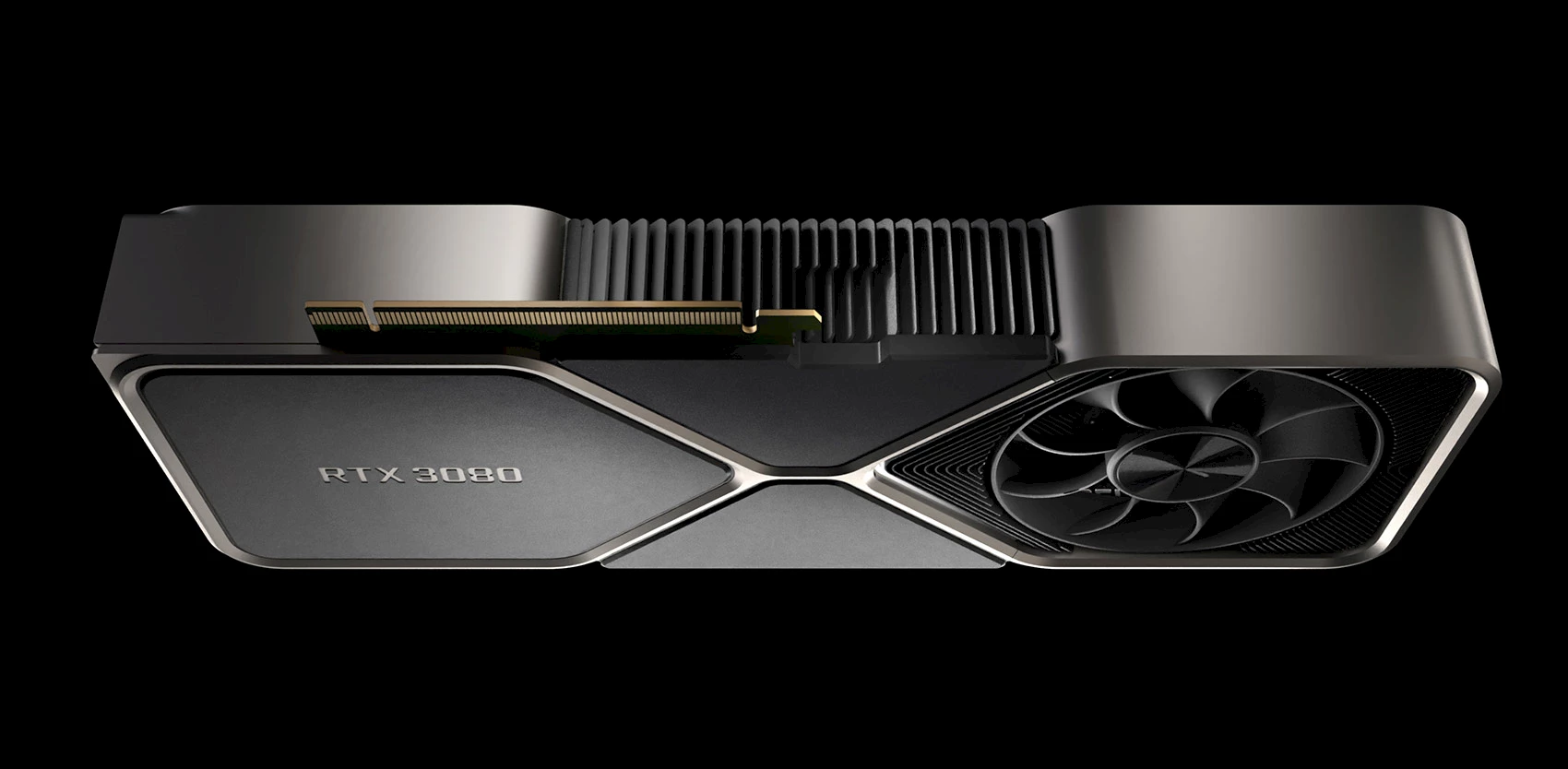
New Nvidia graphics cards
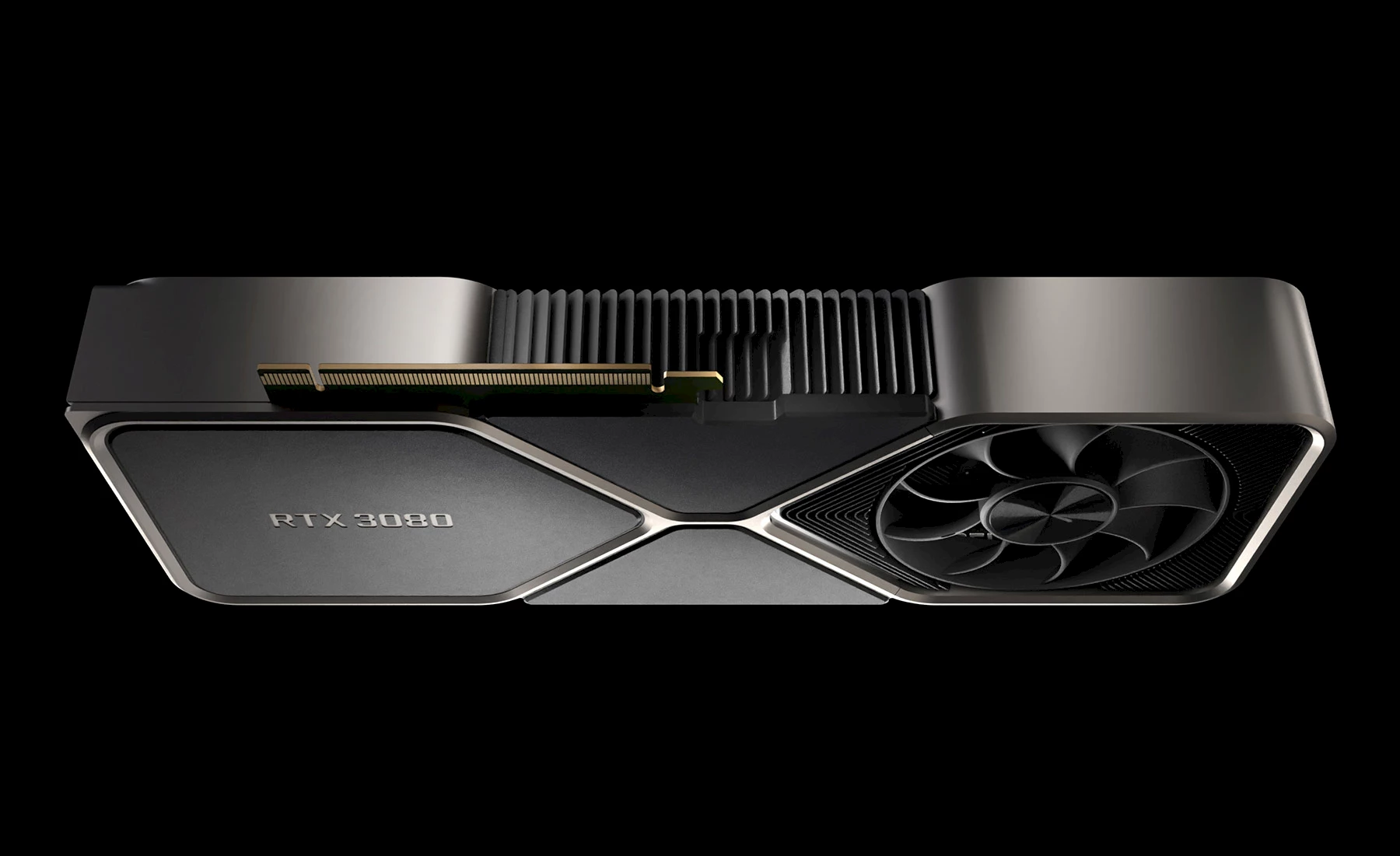
GeForce RTX 3080. © Nvidia.
Nvidia has unveiled its latest line of graphics cards, the 3000 series trifecta. Based on the new Ampere architecture, the GeForce RTX 3070, GeForce RTX 3080 and GeForce RTX 3090 introduce the second generation RTX ray tracing cores, GDDR6X memory and faster AI processing.
The cheapest model, the RTX 3070, is 60% faster than the RTX 2070, supports 1440p and 4K games, and has 8GB of GDDR6X memory. At USD500, it is as fast as the current RTX 2080 Ti for half the price. The RTX 3070 will be available as of 24 September.
The RTX 3080 is billed by Nvidia as “the ultimate gaming GPU”. Twice as fast as the RTX 2080, it provides a continuous refresh rate of 60fps at 4K and comes with 10GB of GDDR6X RAM. The RTX 3080 will be available on 17 September, for USD700.
Finally, the RTX 3090 is the high-end model. It has 24GB of GDDR6X RAM and is 50% faster than the current Titan RTX. It supports a full 60fps at 8K resolutions, but this GPU is geared to AI application developers and AV content creators. The RTX 3080 will be available in October for USD1,500.
⇨ Rock Paper Shotgun, Katharine Castle, “Nvidia Ampere: everything you need to know about Nvidia’s RTX 3070, 3080 and 3090 GPUs.”
New Intel logo
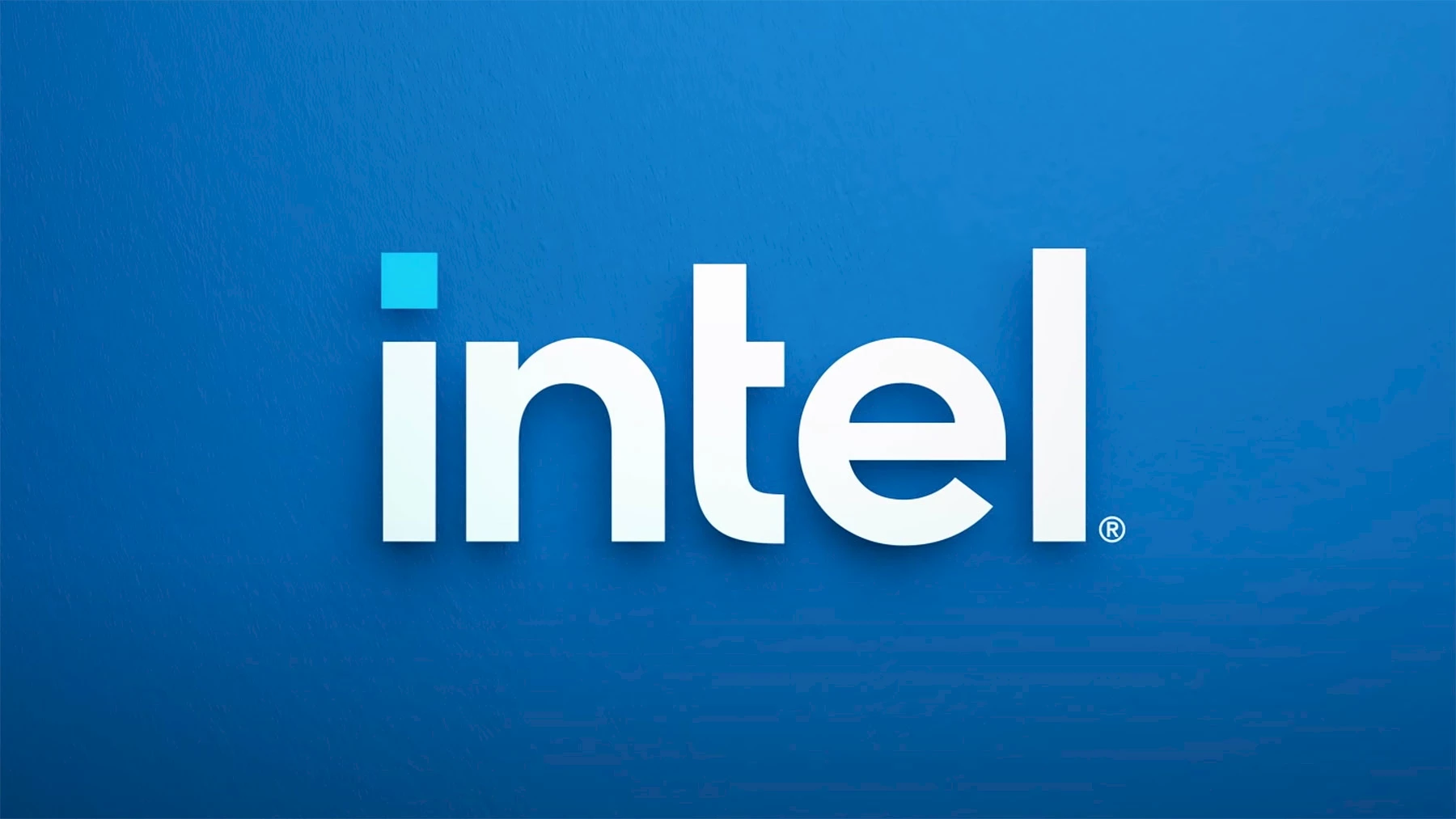
New logo. © Intel.
Intel has had a few setbacks lately, being ditched by Apple and experiencing ongoing problems with its 7nm process. Perhaps to cheer itself up, it has treated itself to a revamp of its logo, for just the second time in its entire 51-year-history. The first logo dated back to 1969 (the company was founded in 1968) and reigned until 2006, when it was updated for the first time. This third logo is similar to the first, except that the “e” sits on the baseline and the “t” is slightly different. The colour palette remains blue-toned, but brighter and with extended variants. Intel says that the iconic, five-note “bong” will stay, but that a “modernized version” will make its debut later this year. This new branding coincides with the launch of the new 11th generation Core processor (Tiger Lake) and a new Intel Evo certification for portable PCs (aka Project Athena) based on 25 performance and responsiveness tests.
⇨ YouTube, “Intel Transforms Its Brand.”
⇨ ZDNet, Stephanie Condon, “Intel unveils entirely new platform brand, Intel Evo, based on Tiger Lake.”
⇨ Creative Bloq, Georgia Coggan, “Intel’s new logo loses its swirl (and some of its personality).”
A pair of super surprises

Mario Kart Live: Home Circuit. © Nintendo.
At a surprise announcement on Thursday, Nintendo unveiled two hardware releases: an unexpected Game & Watch and a Mario Kart game of radio-controlled cars driven around in augmented reality. If you’re too young to remember, way back in the ’80s, the Game & Watch was a series of handheld electronic games with an LCD screen. This throwback Game & Watch comes with a color LCD display and Super Mario Bros., in honor of the series’ 35th anniversary. It will be available in limited numbers in November, for USD50. The other surprise is Mario Kart Live: Home Circuit, an augmented reality race car game where drivers use Switch to drive radio-controlled cars mounted with cameras. In the video below, the game seems to keep the kids amused, but we suspect that adult kids will also race to get it. Home Circuit should be available on 16 October. The cars will come in two models, the Mario and the Luigi, for USD100 each.
⇨ YouTube, “Mario Kart Live: Home Circuit - Announcement Trailer - Nintendo Switch.”
⇨ The Verge, Chaim Gartenberg, “Nintendo is releasing a 35th anniversary Super Mario Bros. Game and Watch.”
⇨ The Verge, Andrew Webster, “Mario Kart Live: Home Circuit is a Switch racer that uses RC cars.”
Second generation Snapdragon 8cx
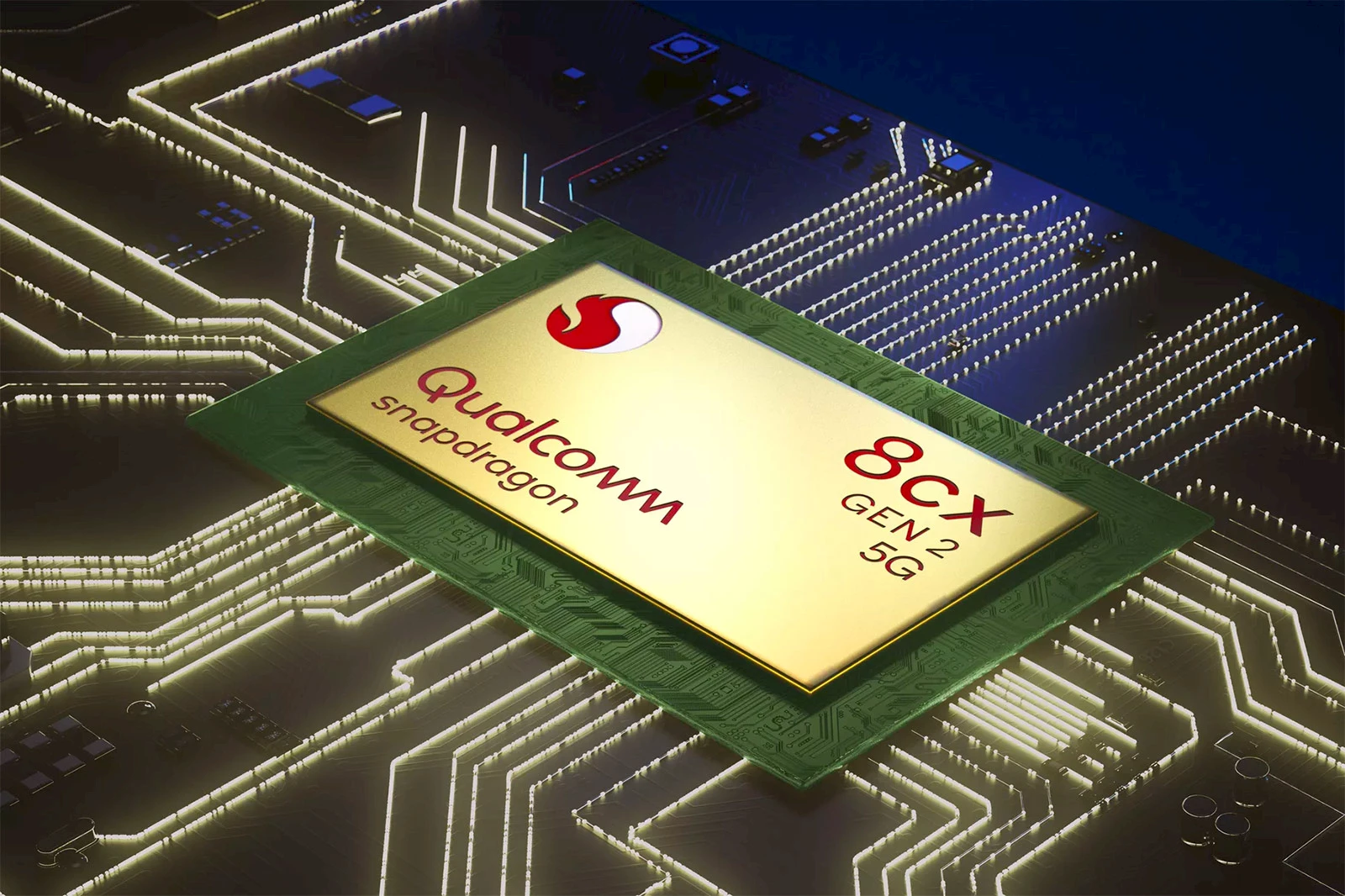
Snapdragon 8cx Gen 2. © Qualcomm.
Qualcomm has announced the arrival of a new version of the Snapdragon 8cx, its ARM processor for Windows laptops. Of course, it provides significant performance gains over its predecessor and, according to the manufacturer, it is 18% more powerful than Intel’s 10th generation Core i5. The 8cx Gen 2 also provides efficiency gains, with Qualcomm promising not only a whole day’s worth of work off a single charge, but also over 25 continuous hours of use, enough for “multiple days of battery life” — an impressive achievement. The new 8cx Gen 2 also features built-in support for Wi-Fi 6 and Bluetooth 5.1, and support for dual 4K external monitors at 60fps. Qualcomm says to expect the first 8cx Gen 2 5G devices to be out later this year, starting with the Acer Spin 7, which was announced alongside the new chipset (and will also be Acer’s first 5G computer).
⇨ The Verge, Chaim Gartenberg, “Qualcomm’s 8cx Gen 2 5G processor promises a new wave of better ARM-based laptops.”
Legion Slim 7i
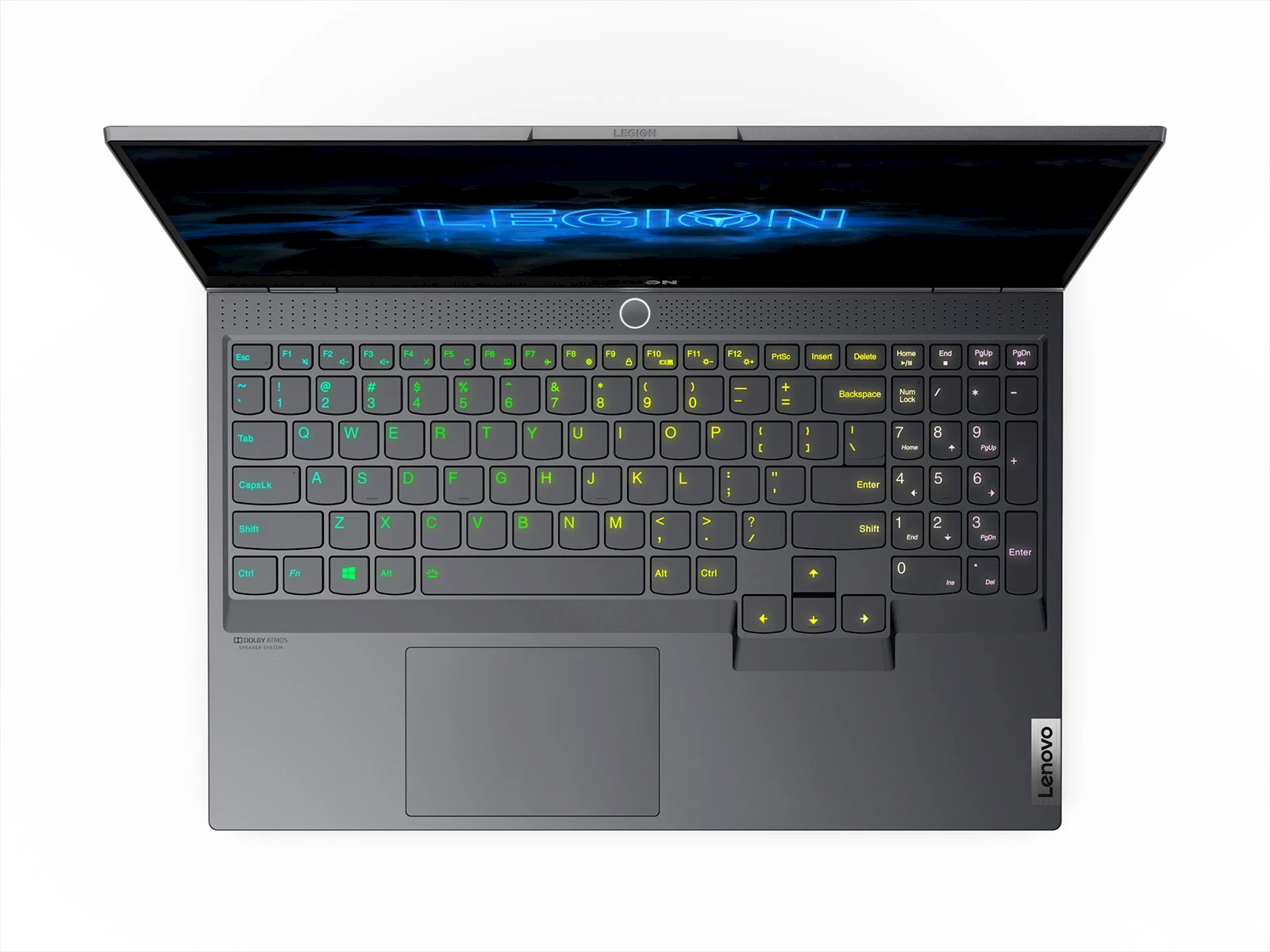
Legion Slim 7i. © Lenovo.
Gaming portables come all decked out with high-end components, but are usually characterized by heavy and bulky chassis. Lenovo is trying to buck this trend with the Legion Slim 7i. Weighing in at 1.8kg and just 17.9mm thick, the Legion Slim 7i is the world’s lightest, slimmest GeForce RTX portable, according to Lenovo. The base model starts at USD1,329 and climbs steeply if you’re the least bit demanding. The Legion Slim 7i can be configured with up to an Intel Core i9-10980HK processor, 32GB of RAM, and 2TB of NVMe M.2 storage, but Lenovo hasn’t released the price of this more muscular configuration. An assortment of Nvidia GeForce graphics cards is also offered, starting with the GTX 1650 Ti and maxing out at the RTX 2060 Max-Q. The base model of the Legion Slim 7i has an FHD display with a 60Hz refresh rate, though it can be upgraded to 144Hz if you want smoother gameplay, or a 4K option with a 60Hz refresh rate. Just to note, this model doesn’t allow you to customize the RAM and storage yourself after purchase, so keep that in mind if you plan to buy one. Available in October or November.
⇨ The Verge, Cameron Faulkner, “Lenovo’s new Legion Slim 7i is a lightweight, ray tracing-enabled gaming laptop.”
